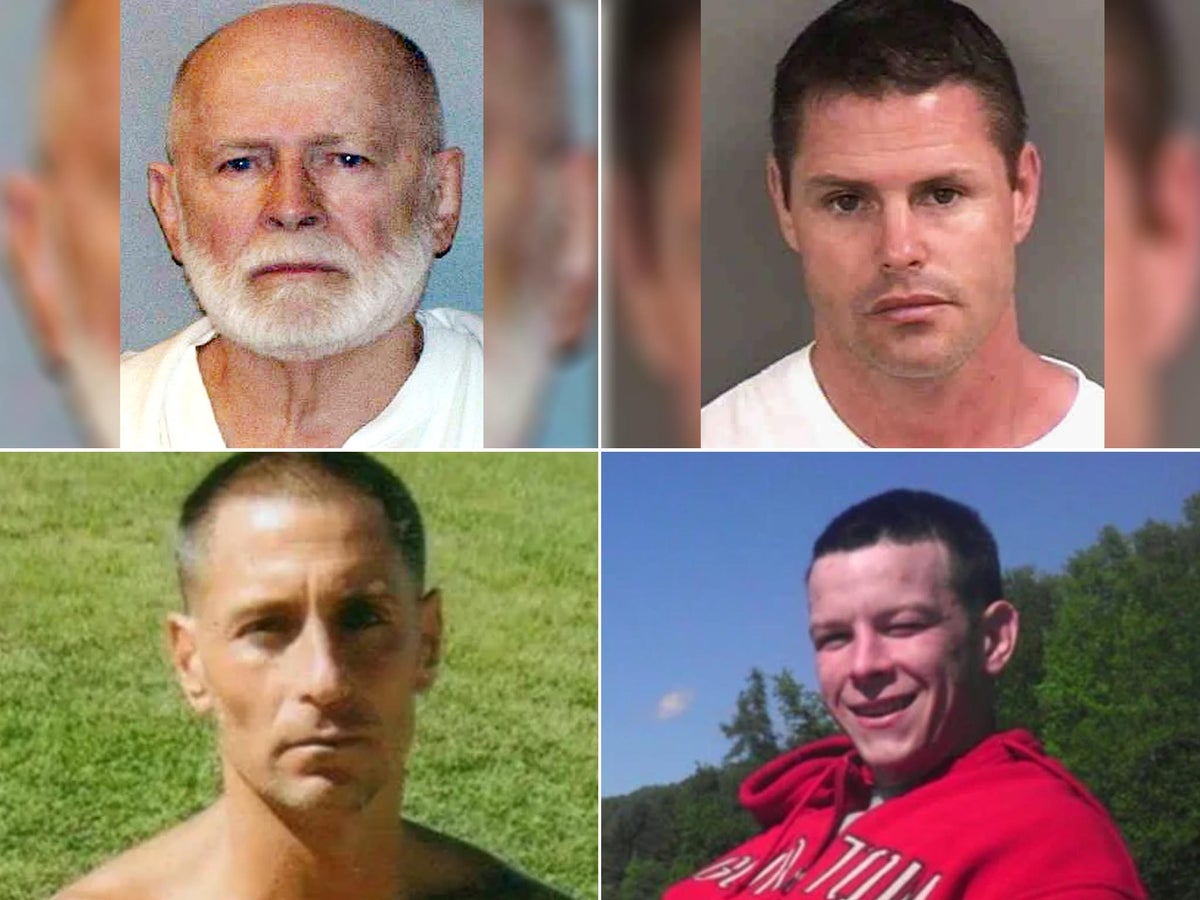
A mafia hitman who murdered a mob capo and harbours a deep hatred for snitches.
A Boston mobster involved in the savage 1996 murder and dismemberment of a 19-year-old girl.
And a man with no known mob ties who just recently walked free from prison.
On 17 August, these three men were charged with the 2018 jailhouse killing of one of the most notorious mob bosses in American history.
As the leader of the infamous Winter Hill Gang, James “Whitey” Bulger terrorised the streets of Boston in the 70s and 80s, murdering gangland rivals and ratting out fellow mobsters to the FBI.
He then became one of the nation’s most-wanted fugitives when – following a tip-off from an FBI insider – he went on the run for 16 years.
For more than a decade the Irish mafia boss topped the FBI’s Most Wanted list, coming second only to Al-Qaeda leader and the man behind 9/11 Osama Bin Laden.
But now, US authorities are pursuing justice for his own murder.
Fotios “Freddy” Geas, 55, Paul “Pauly” DeCologero, 48, and Sean McKinnon, 36, were indicted in August on charges of conspiracy to commit first degree murder.
All three were behind bars with Bulger at the US Penitentiary Hazelton in West Virginia when he was savagely beaten beyond all recognition over four years ago.
Nearly four months after their arrests, a damning Justice Department watchdog report released on 7 December found that “serious” prison failures occurred in the lead-up to Bulger’s murder.
It was the morning of 30 October 2018 when Bulger – who had arrived at the federal prison just 12 hours earlier – was beaten to death with a heavy padlock inside a sock.
He was found by prison guards wrapped in blankets and posed to appear as if he were sleeping. Bulger was 89 years old and in a wheelchair at the time.
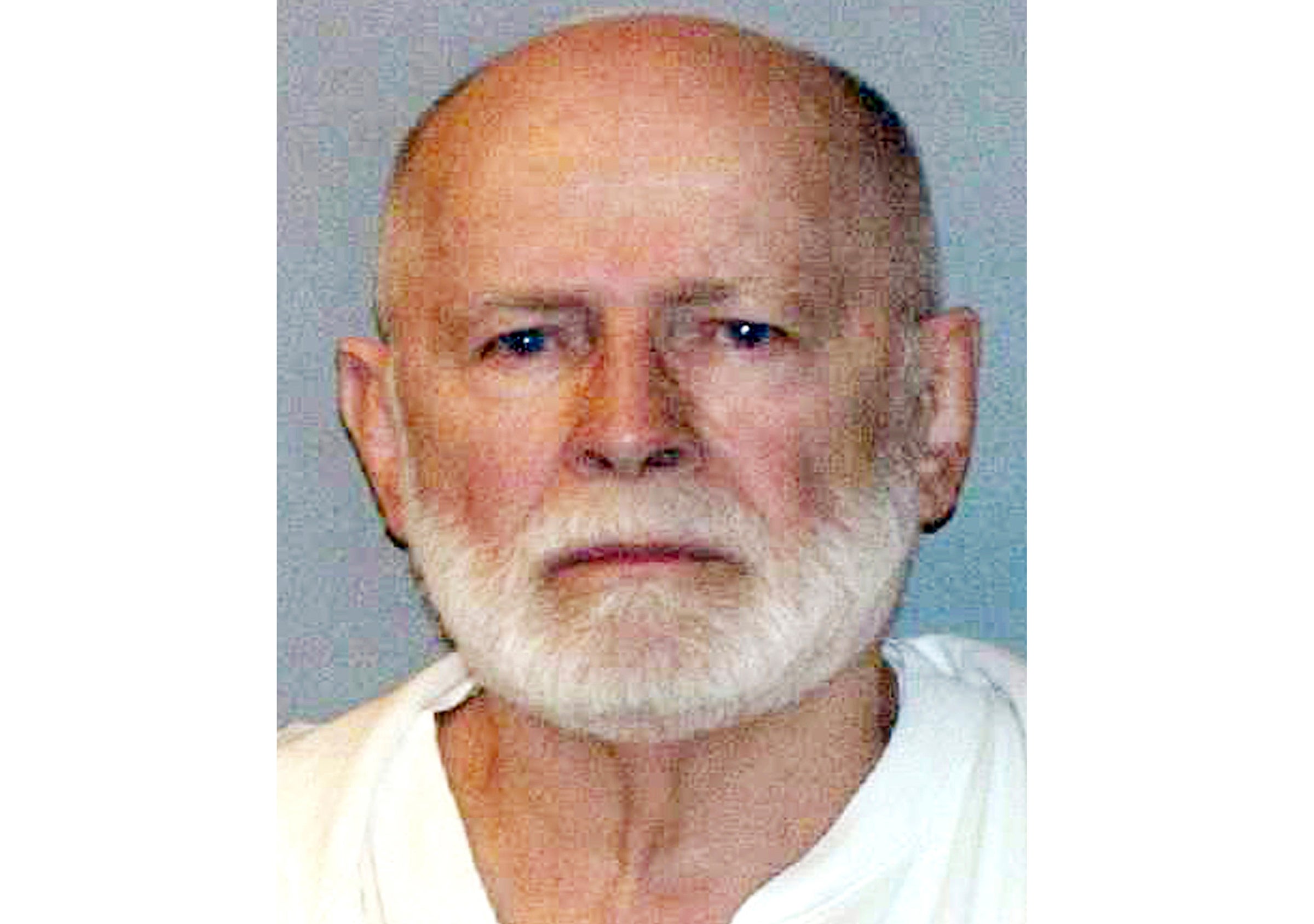
Geas and DeCologero are accused of striking Bulger in the head multiple times and causing his death, the US Attorney’s Office for the Northern District of West Virginia announced in August.
As well as the conspiracy to murder charge, Geas and DeCologero are also charged with aiding and abetting first degree murder and assault resulting in serious bodily injury.
Geas is also facing a separate charge for murder by a federal inmate serving a life sentence.
McKinnon meanwhile is charged with making false statements to a federal agent.
Geas is still behind bars at the Hazelton penitentiary and DeCologero is currently being held at a separate federal prison facility, prosecutors said.
McKinnon was out on supervised release and was arrested in Florida on 18 August.
Following the indictment, US Attorney for the District of Massachusetts Rachael Rollins pointed to the irony that the same justice system that finally brought Bulger to justice for his life of violent crime was now seeking justice for his own family.
“Today our hearts are with the 19 known murder victims and their loved ones, as well as anyone ever harmed by this man,” she said in a statement.
“He was a serial murderer, and each mention of his name is a trigger to the families he devastated, reopening wounds that we can only hope had finally started to heal… In the truest of ironies, Bulger’s family has experienced the excruciating pain and trauma their relative inflicted on far too many, and the justice system is now coming to their aid.”
While it’s no secret that Bulger amassed a long list of enemies through his decades spent as both a notorious mobster and FBI informant, no motive has been given for his brutal death.
Neither of the three suspects appeared to have personally known him before he landed in their lockup just hours before he was killed.
In fact, four years on from the prison slaying, many questions still remain – including who exactly the three men accused of murdering Bulger really are.
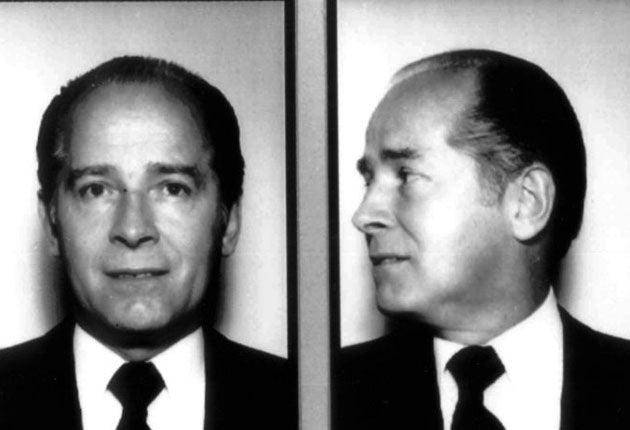
Fotios “Freddy” Geas
It wasn’t long after Bulger’s murder that Geas was eyed by law enforcement as the prime suspect in his slaying.
Like Bulger, Geas has long been involved in a Massachusetts mafia and has a long track record of violent crime and brutal murders.
But there is one thing that sets them apart: Geas has a history of hating law enforcement informants.
The 55-year-old is currently serving a life sentence at Hazelton for the murders of mob boss Adolfo “Big Al” Bruno and mob associate Gary Westerman and the attempted murder of a union boss Frank Dabado.
Along with his brother Ty, Geas was a longtime hitman and associate of the Genovese Organized Crime Family which operated out of the Bronx, New York, and Springfield, Massachusetts.
But the two brothers were never official “made” members because of their Greek heritage.
In November 2003, Geas carried out the execution-style murder of low-level mob associate Westerman in Agawam, Massachusetts, as punishment because he believed he was cooperating with police.
Geas had lured Westerman to a home one night where he shot him in the head, bludgeoned him with a shovel and then buried his body in a ditch.
The victim’s remains were finally found in April 2010.
The same month as the murder, Genovese crime family capo Bruno was also shot dead in Springfield, Massachusetts.
The hit had been ordered by the acting mob boss who had learned Bruno was talking to the FBI, according to prosecutors. It was Geas and his brother who plotted the murder and hired a hitman to carry it out.
The pair were also involved in the attempted murder of Dabado – a cement union boss in the Bronx – in 2003. Ty shot Dabado nine times while Geas drove the getaway vehicle. Somehow, the union figure survived the ambush.
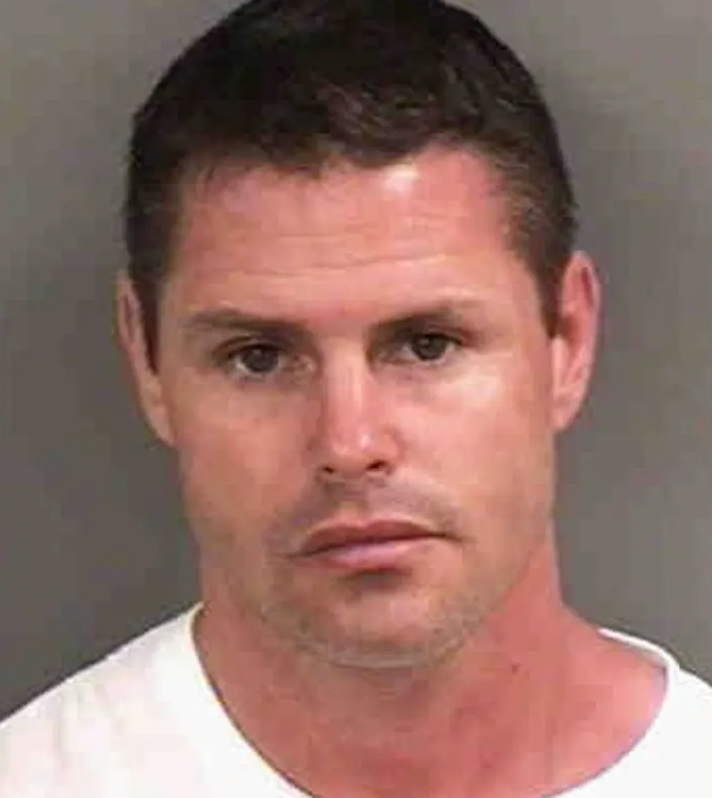
Several of Geas’ victims were killed because of their alleged cooperation with law enforcement.
During his trial, Geas then learned that Genovese crime family “made man” Anthony Arillotta had flipped and become an FBI informant. Arillotta became the government’s star witness at Geas’ trial and received just 99 months for pleading guilty over the murders.
Meanwhile, Geas still refused to cooperate with prosecutors.
In 2011, he was convicted of multiple murders, attempted murder, murder conspiracies, racketeering, racketeering conspiracy, extortion and loansharking, along with other Genovese crime family members and associates.
Among the charges, he was also found guilty of conspiring to murder Louis Santos – because he believed he was cooperating with law enforcement – and rival mob member Guiseppe Manzi.
Geas was sentenced to life in prison on the slew of charges.
While Geas may not have crossed paths with Bulger on the Boston mobster scene, his hatred for government informants fuelled speculation that Bulger could be an easy target.
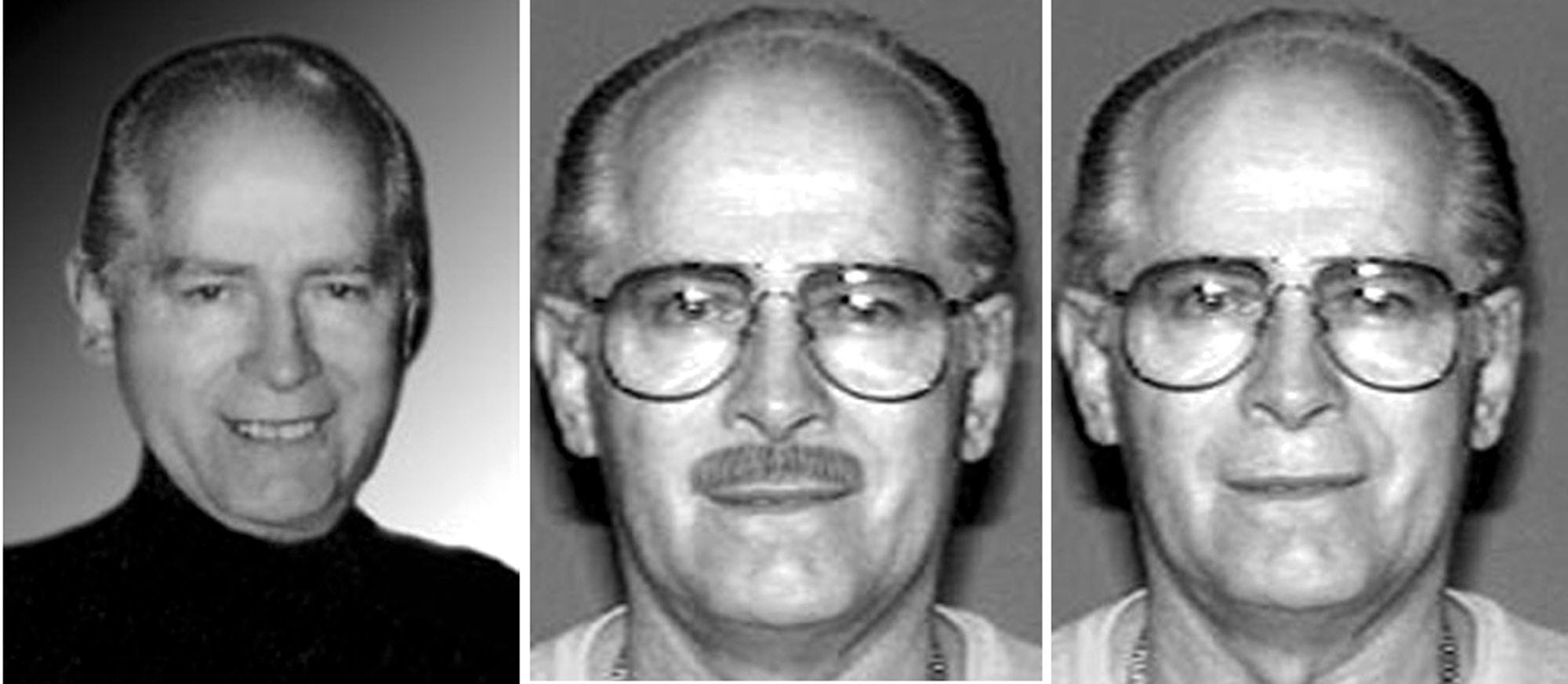
“He has great disdain for informants,” Geas’ longtime attorney Daniel Kelly told MassLive.com in 2018.
“I’m not saying Freddy did this just because the media says so, I’m just telling you what I know about him.”
The former mob hitman could also have been seeking revenge on behalf of his friend Frederick Weichel, The Boston Globe reported in 2018.
Mr Weichel has long accused Bulger of framing him for the 1980 murder of Robert LaMonica in Braintree, Boston.
In 2013, Bulger handed over letters to Mr Weichel’s attorneys saying that another man was the killer but refused to testify or sign an affidavit to support his claims.
Mr Weichel served 36 years in prison for the crime before his conviction was overturned in 2017.
Prosecutors have since said they will not seek a retrial and Mr Weichel is now suing Braintree and Boston police.
He told the Globe in 2018 that “everybody in the world knew that Whitey screwed me”.
Mr Weichel became friends with Geas while they were both serving time in Shirley, Massachusetts, and Mr Kelly told the paper that his client had repeatedly said he believed his friend had been framed.
Mr Kelly said on 17 August that the charges brought against Geas weren’t a surprise.
Paul DeCologero
The second inmate – DeCologero – was also identified as a suspect not long after Bulger’s murder.
DeCologero was a member of organised crime gang the DeCologero Crew which reigned over the North Shore of Massachusetts.
His uncle Paul A DeCologero was the leader of the gang which primarily traded in guns and drugs.
DeCologero is currently serving a 25-year sentence for his part in the 1996 murder of 19–year–old Aislin Silva.
The gang leader had ordered the teenager’s death because police had found a stash of guns hidden in her apartment and feared that she would betray the gang under interrogation by law enforcement.
Prosecutors said the plot was to get Silva to overdose on heroin, tricking her into believing she was taking cocaine.

It was DeCologero who bought the high-grade heroin which was then used to try to kill her.
When Silva didn’t overdose and die as planned, other mob members broke her neck, dismembered her body in a bathtub and stuffed her body parts into bags.
Her remains were then buried in a wooded area in Massachusetts.
Several mob members were charged over Silva’s murder including DeCologero who was convicted on racketeering and conspiracy charges.
Sean McKinnon
Perhaps the most unlikely of the three suspects accused of killing Bulger is McKinnon.
Unlike his alleged co-conspirators, he has no known ties to any mob.
The 36-year-old was just getting used to his newfound freedom after being released from prison on 27 July.
That freedom was shortlived, as just three weeks later he was arrested over Bulger’s death.
At the time of Bulger’s death, McKinnon was sharing a cell with Geas in the West Virginia penitentiary where he was serving eight years for stealing and trading guns for heroin in Connecticut.
In March 2015, the then-29-year-old stole a Jeep from a Vermont car dealership and drove it to licensed firearms dealer R&L Archery.
There, he broke into the store and stole 12 .22 caliber handguns from a display case.
He then drove the vehicle to Hartford, Connecticut, where he traded the 12 handguns with a drug dealer for heroin and cocaine.
Two days later, police searched McKinnon’s home and found a 20-gauge shotgun, 45 bags of heroin, drug paraphernalia, several pry bars, and ammunition.
McKinnon confessed to the crime and also told investigators he had traded guns for drugs with the same dealer on multiple other occasions, including an SKS assault rifle, a .380 caliber handgun with a laser, and several other pistols.
Only one of the 12 stolen guns has been recovered by law enforcement.

In January 2016, McKinnon was sentenced to 96 months in prison, followed by three years of supervised release.
McKinnon spoke out about Bulger’s death in a jailhouse interview last year where he insisted he was innocent of any involvement and complained about being held in solitary confinement.
“I told the feds if I had something to tell them, I would,” he told NBC News. “I know nothing. I’m an innocent man.”
He added: “They’re treating me as a guilty man.”
McKinnon said he had been removed from the prison’s general population just hours after the killing and was interviewed by the FBI.
A DNA sample was also taken and he had been held in solitary confinement ever since, he said.
Bizarrely, McKinnon said he was sharing a cell with DeCologero in the special housing unit, despite both of their connections to the killing.
In January 2021 – more than two years after Bulger’s death – he filed an official complaint requesting that prison officials hold a hearing to present evidence “as to why I am being punished”.
“I have had my basic comfort privileges denied and forced to endure the cruel and inhuman living conditions in the SHU [special housing unit], without cause,” he said in the complaint.
His request was denied, with prison officials citing an active investigation.
McKinnon told the outlet at the time that DeCologero and Geas were also “innocent men” and described DeCologero as his “best friend”.
Unanswered questions
Prosecutors have not revealed what led them to charge the three men in August – coming almost four years on from Bulger’s death.
After all, the trio had long been suspected of involvement in Bulger’s murder and were all placed in solitary confinement in the immediate aftermath.
Surveillance footage had shown at least two inmates rolling Bulger into the corner of his cell and beating him with a padlock inside a sock, according to the New York Times. It is also likely that cameras around the prison captured the killer or killers entering and leaving the cell.
Yet the investigation rumbled on for years.
Questions also remain around how Bulger ended up being sent to the notorious prison in the first place and why he was placed among the general population.
Several New England mobsters were already housed at Hazelton and the penitentiary was also known to be a dangerous place for government informants. Bulger was, of course, both mobster and FBI informant.
In the six months before his arrival in October 2018, three other inmates had been murdered there.
For Bulger, he survived just 12 hours at the prison.
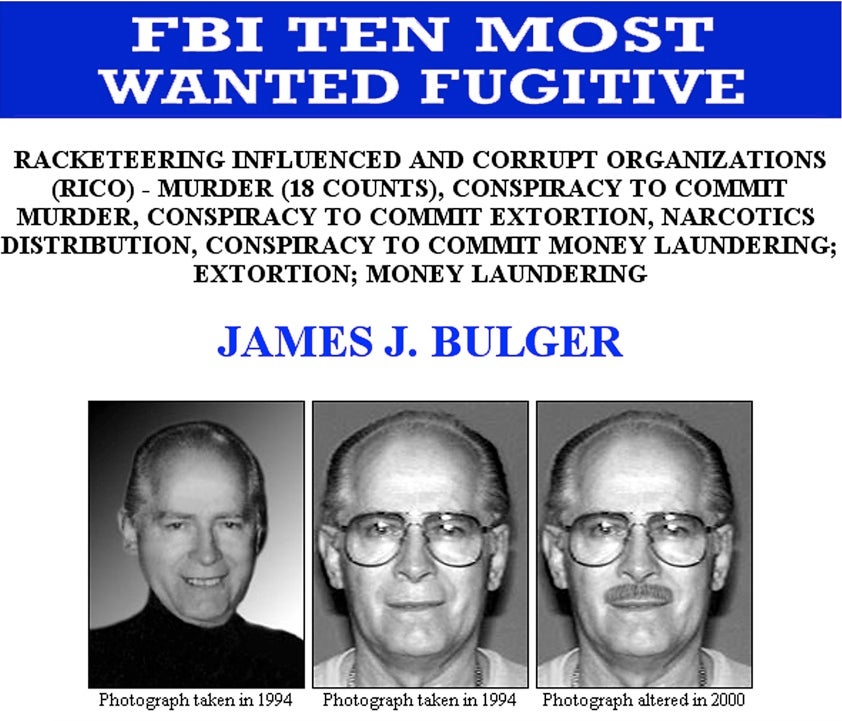
Before being sent to Hazelton, the high-profile mobster had been at Coleman II federal prison in Florida since 2014.
The Florida prison was known to be a safe haven for inmates like Bulger who were in need of extra protection and the elderly mobster’s time there was largely uneventful.
That was until February 2018 when prison officials said he clashed with a female medical worker.
The notorious murderer allegedly threatened the staff member telling her “your day of reckoning is coming”.
After seven months in solitary confinement for the incident, he was transferred to Hazelton.
As part of his transfer, his medical classification had to be downgraded – despite him being 89, suffering heart conditions and being in a wheelchair.
Prison officials and Bulger’s own family slammed the decision to put Bulger in general population in a troubled prison known to be dangerous to snitches.
An anonymous prison workers’ union official described the move as a “death sentence” in an interview with the Associated Press in 2018.
In 2020, Bulger’s family filed a wrongful death lawsuit against the Federal Bureau of Prisons and 30 prison employees, saying that he was “deliberately placed in harm’s way”.
The suit, which sought $200m in damages, claimed that Bulger was “subjected to a risk of certain death or serious bodily injury by the intentional or deliberately indifferent actions” of prison officials.
A federal judge dismissed the lawsuit in January.
‘Serious’ prison failures revealed in bombshell DOJ report
Nearly a year later, a bombshell 99-page report from the DOJ office of the Inspector General revealed that inmates at Hazelton in West Virginia knew in advance that Bulger was being transferred there from Coleman in Florida and had been taking bets on how long before he would be killed.
More than 100 Bureau of Prison (BOP) officials knew in advance about Bulger’s transfer and had been speaking openly about it in front of inmates – against BOP policy and despite the 89-year-old being at risk of being targeted by other inmates.
The investigation also revealed that a manager at Hazelton had specifically requested Bulger to be moved to his unit, despite knowing that unit was home to at least one inmate who – like Bulger – had ties to organised crime in Massachusetts.
The manager reportedly denied being aware of any threats against Bulger – despite inmates saying that “everyone knew” he would be killed in the prison because they said he was “a rat”.
Several BOP officials interviewed as part of the probe also claimed to be unaware of the notoriety of one of the infamous figures in organised crime – who has been memorialised in books and movies including Johnny Depp’s “Black Mass”.
The report also cites the “deeply troubling” level of care for Bulger, given he was 89 years old, wheelchair-bound and suffered from heart conditions which often required hospital treatment.
“In our view, no BOP inmate’s transfer, whether they are a notorious gangster or a non-violent offender, should be handled like Bulger’s transfer was handled in this instance,” the report states.
A life of crime
The frail white-haired man beaten to death in his wheelchair in his prison cell appeared to be a far cry from the man who reigned terror over south Boston in the 70s and 80s.
At the time of his murder, Bulger was serving two life sentences for the murders of 11 people, as well as a string of other charges including extortion, money laundering and drug dealing.
As the boss of the Winter Hill Gang in Boston, Bulger was said to enjoy violence and was known to pull out the teeth of his victims to prevent them from being identified.
While he was finally convicted of 11 murders, he is long believed to be responsible for at least 19.
Unbeknown at the time to his fellow mobsters, Bulger had also been an FBI informant from 1975, providing information to agent John Connolly in exchange for protection.
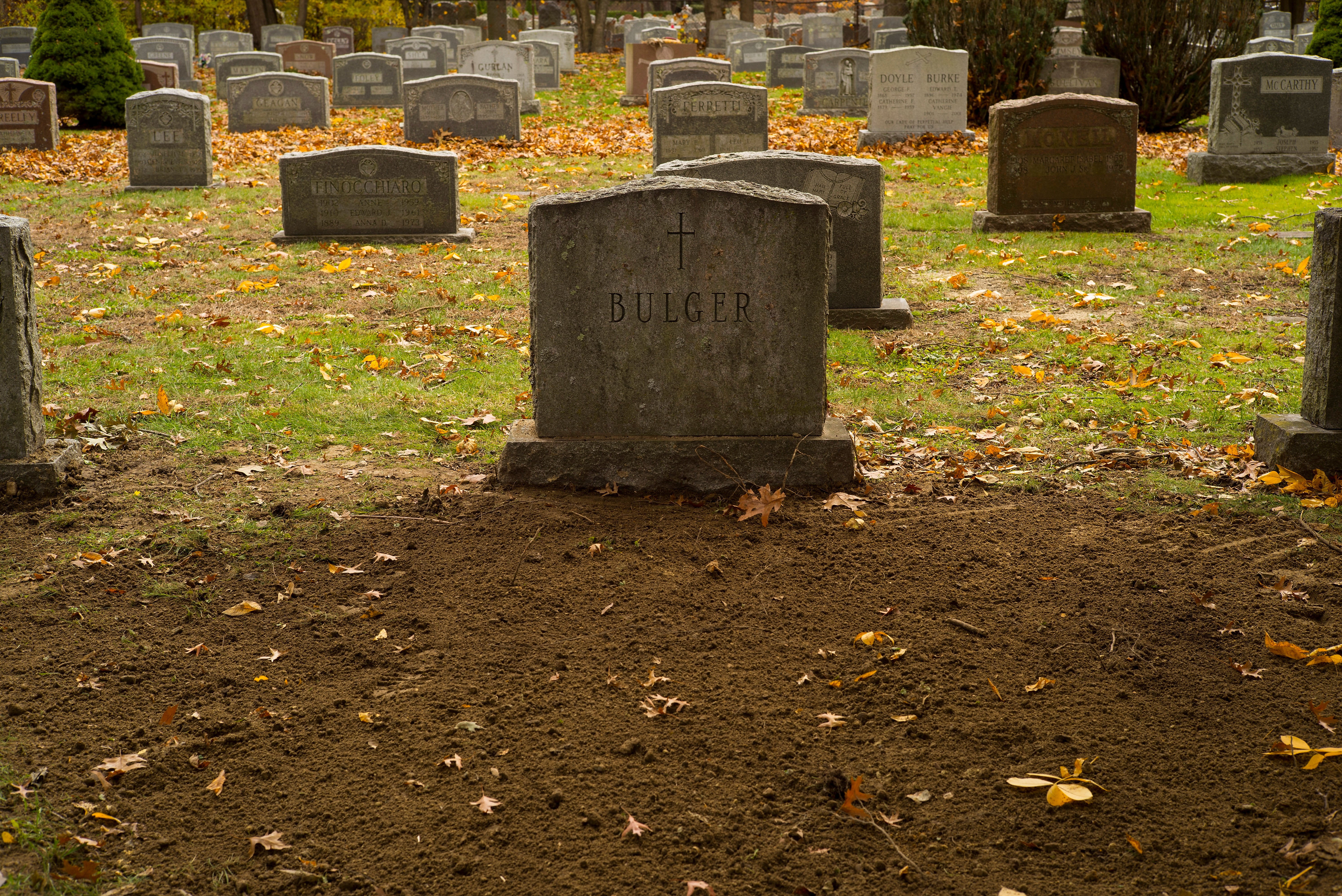
In 1995 – one day before Bulger was to be indicted on federal racketeering charges – Bulger went on the run. Connolly had tipped him off, sparking an investigation into law enforcement corruption.
For the next 16 years, Bulger evaded justice before he was finally arrested in Santa Monica, California, in 2011 where he had been living with his longtime girlfriend Catherine Grieg. He was 81 years old.
In 2013, his life of crime finally caught up with him when he was handed two life sentences.
Right up until his death, Bulger continued to deny that he was ever a government informant.
Now, three other men are facing life sentences for his own murder – a killing that was celebrated by some of the family members of Bulger’s victims.
Patricia Donahue, whose husband Michael Donahue was murdered by the mafia boss in 1982, said after Bulger’s death: “All I really wanted to do was get that champagne bottle and pop that cork. It’s been a long time waiting.”
This story was originally published on 19 August







